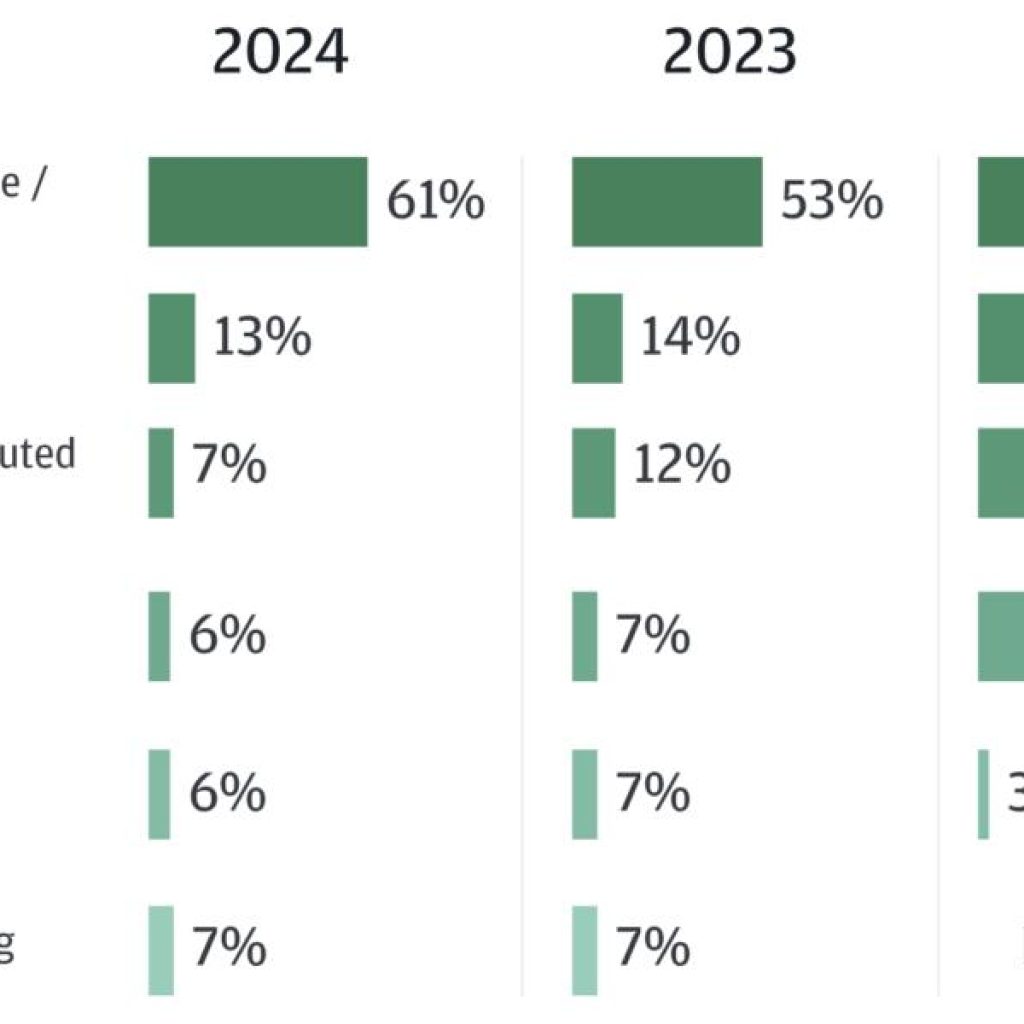In December 2022, the OODA network began exploring the potential of advanced AI models, particularly ChatGPT, and found it a significant milestone in computer-human interaction. Over a year, they developed the “Unrestricted Intelligence” web application, leveraging OpenAI’s APIs, and gained valuable insights into the capabilities and challenges of AI-enabled applications.
Government enterprises lag in AI adoption
The OODA network’s experience revealed a stark reality: government enterprises are significantly behind the private sector in adopting AI technologies. They estimated that government organizations are approximately 25 times less advanced in using AI compared to leading Silicon Valley companies. Government agencies must accelerate their adoption efforts to harness the transformative power of AI.
The need for decontrol in AI
One major impediment to AI adoption is the myriad of regulations, rules, guidelines, and standards governing its use. The OODA network emphasizes reducing control and regulatory obstacles to expedite AI implementation. Decontrol is essential to unleash the full potential of AI in various domains.
Tailoring and contextualizing LLMs
The future of Large Language Models (LLMs) lies in tailoring and contextualization. The OODA network predicts that the AI community will continue to develop new architectures, such as Retrieval Augmented Generation (RAG), and demand more persona and role-based LLMs for delivering meaningful insights. Customization will play a pivotal role in maximizing the utility of AI applications.
Beware of dependencies in AI solutions
The OODA network highlights a critical concern in the AI landscape—the limited choice of providers, leading to significant dependencies on them. Organizations must acknowledge and mitigate this risk when deploying AI solutions, ensuring their long-term sustainability.
Striving for imperfection in AI
Perfection is not always necessary in AI applications. While some advocate for absolute transparency and zero hallucination in AI models, it is essential to understand that many use cases can be effectively addressed without achieving perfection. Decision-makers must assess the nature of their solutions and risks and determine the appropriate precision level.
The coming Cambrian explosion of AI capabilities
A significant shift in the AI landscape is anticipated, with a surge in new capabilities. The OODA network emphasizes the accessibility of AI development through no-code tools, enabling millions to create personalized AI applications that add value to niche domains. This democratization of AI development is expected to drive innovation.
AI’s impact on jobs and careers
The OODA network acknowledges that AI-enabled tools like Unrestricted Intelligence can potentially change job roles and career paths. While AI assistance can make analysts and professionals more productive, organizations may reconsider their workforce needs. Individuals are encouraged to proactively adapt their skills and career paths in the evolving AI era.
The significance of prompt engineering
Effective question formulation, called prompt engineering, is crucial in interacting with large language models. The OODA network emphasizes asking well-structured questions to obtain meaningful responses. Over time, improving question formulation skills will become increasingly valuable.
The enigma of OpenAI
OpenAI, despite its name, remains somewhat closed in its approach. The OODA network raises questions about the transparency of OpenAI’s models, training methods, error detection processes, and the impact of leadership bias. They call for greater transparency and openness in sharing information about AI systems.
Leveraging AI for enterprise data
AI applications, like the Unrestricted Intelligence web app, can help organizations harness the power of their data. The OODA network suggests that enterprises articulate their AI requirements, such as neural search, summarization, and data analysis, to leverage their data assets fully. Current solutions, including plugin architectures and cloud-based APIs, are seen as suboptimal.
AI’s current imperfections
AI, while promising, is not without its flaws. The OODA network acknowledges that AI models can exhibit errors, biases, and hallucinations. Decision-makers must be aware of these limitations and implement strategies to mitigate risks, similar to how analysts guard against cognitive biases.
AI’s role in building better AI tools
AI tools can assist in the development of other AI applications. The OODA network highlights how they utilized ChatGPT to enhance their Unrestricted Intelligence site, even without extensive technical skills. This synergy between AI and human creativity can drive innovation in AI development.
Ethical use of AI for civil content
The OODA network employed AI to filter out inappropriate content to maintain a civil online environment. While some users attempted to provoke inappropriate responses, the AI-based system effectively maintained a respectful discourse. The ability to use AI for content moderation is a positive development in online interactions.
The evolution of the Turing test
The Turing Test, originally designed to evaluate whether a computer’s responses are indistinguishable from a human’s, has been a benchmark in AI for decades. However, the OODA network suggests that computers can pass this test without possessing true intelligence. They advocate for new measures and perspectives to assess AI’s capabilities and acknowledge the diversity of human intelligence.
The OODA network’s year-long journey with AI-enabled applications has yielded valuable insights into the strengths and challenges of this technology. Their experiences emphasize the need for faster adoption in government enterprises, reduced regulatory control, and customization of AI solutions. As AI evolves, organizations and individuals must adapt to its transformative impact on various industries and career paths. OpenAI’s approach to transparency and data usage is questioned, and the importance of ethical AI use is highlighted. The future of AI promises a Cambrian explosion of capabilities driven by democratized AI development and the synergy between AI and human creativity.






